Dhaka and the entirety of Bangladesh are currently enduring significant heatwaves, prompting the Meteorology Department to extend heat alerts for an additional 72 hours. These alerts are issued when heatwaves are widespread. Despite hopes for relief through rainfall, temperatures are expected to rise further, exacerbating discomfort.
During this heat, many turn to Google to check local temperatures. However, a common query arises regarding the "Feels Like" temperature displayed alongside the actual temperature. This "Feels Like" temperature reflects the perceived sensation of heat or cold outdoors, influenced by factors like air temperature, humidity, and wind speed.
Meteorologists clarify that urbanized areas tend to have higher perceived temperatures due to factors like vehicular traffic and industrial activity, while rural areas with more greenery and water bodies typically feel cooler. The "Feels Like" temperature accounts for these environmental influences on how weather is experienced.
In summer, the "Feels Like" temperature, also known as the heat index, considers the combination of air temperature and humidity. Higher humidity levels impede sweat evaporation, making it harder for the body to cool down, thus increasing discomfort. Conversely, in winter, the "Feels Like" temperature, or wind chill, factors in wind speed, which strips warmth from the body.
Determining the "Feels Like" temperature involves calculating air temperature, humidity, and wind speed at face level, considering how heat dissipates from the body in various conditions. Windy days increase moisture evaporation from the skin, making it feel colder, while high humidity impedes sweat evaporation, making the body feel warmer. These principles guide adjustments to the air temperature to reflect the perceived sensation of heat or cold accurately.



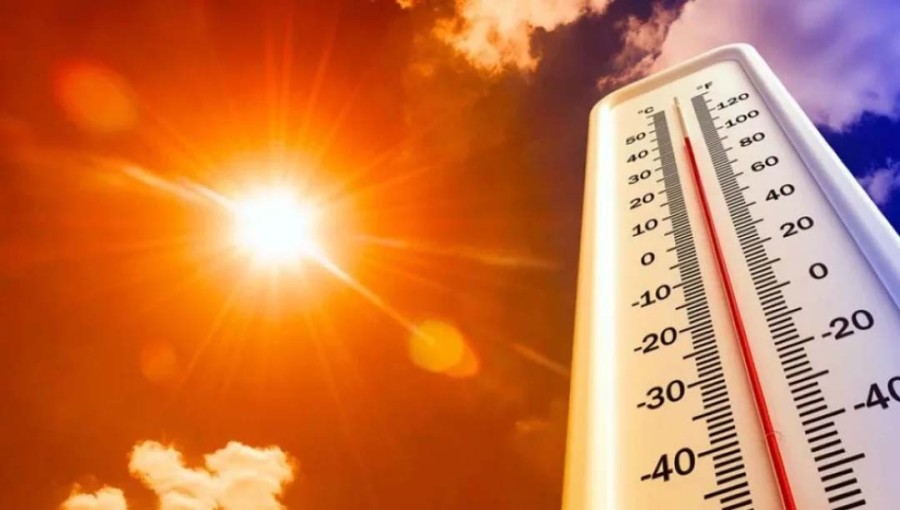
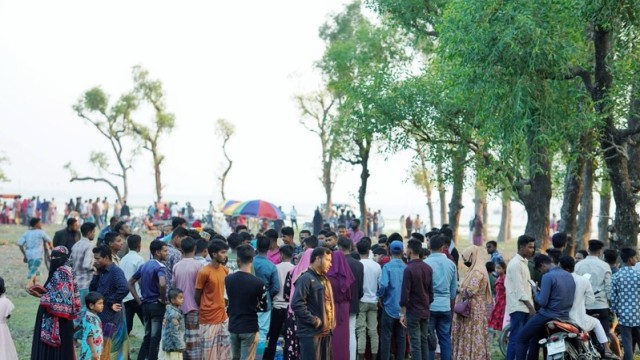





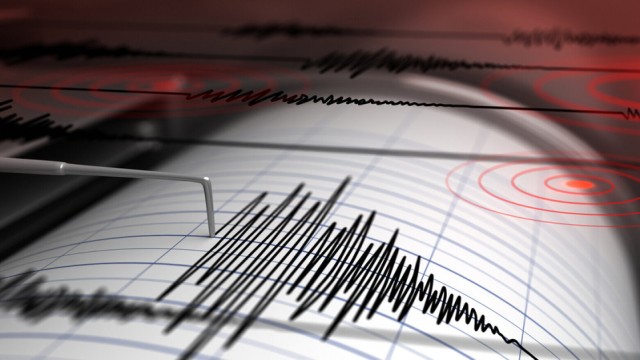
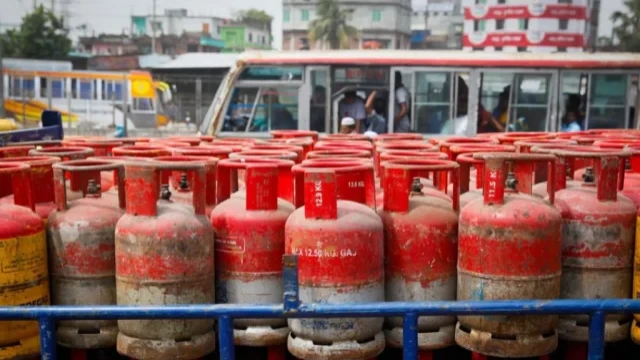
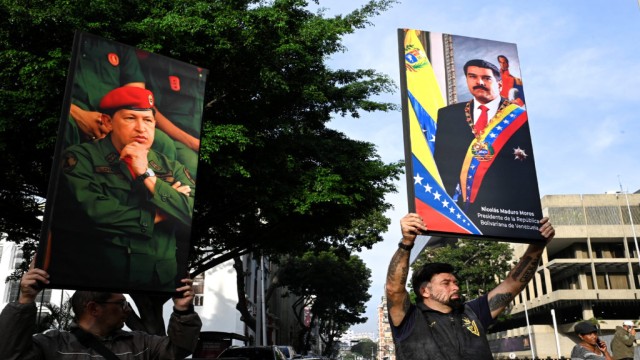

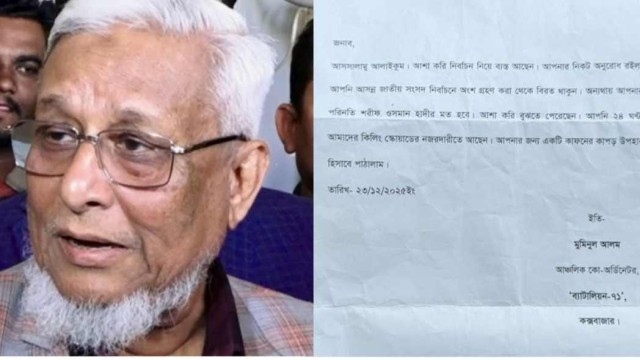
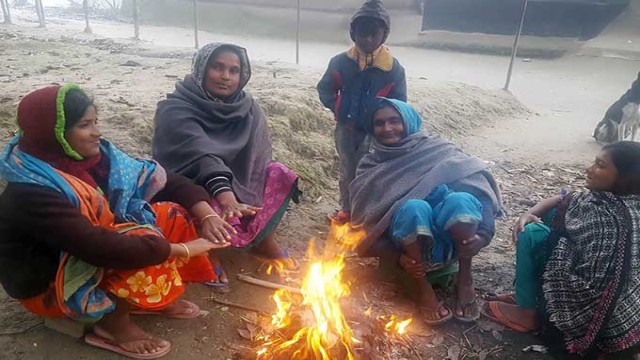





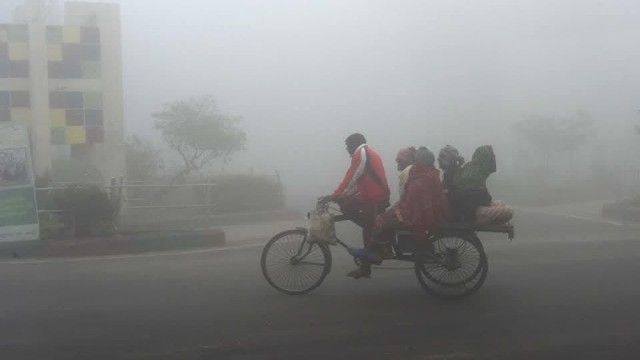
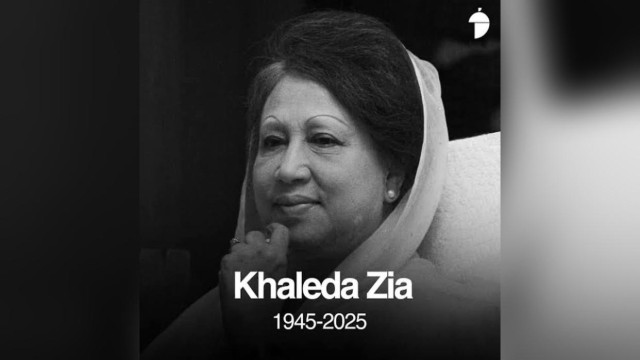
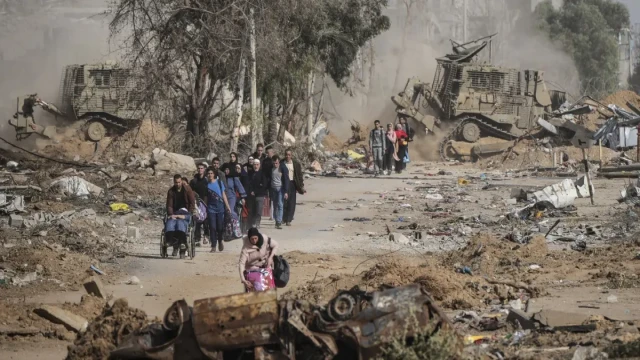


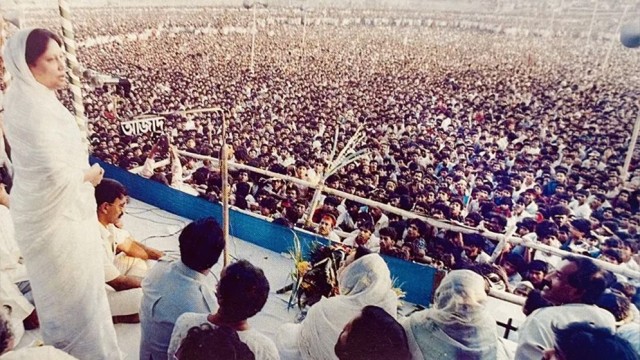
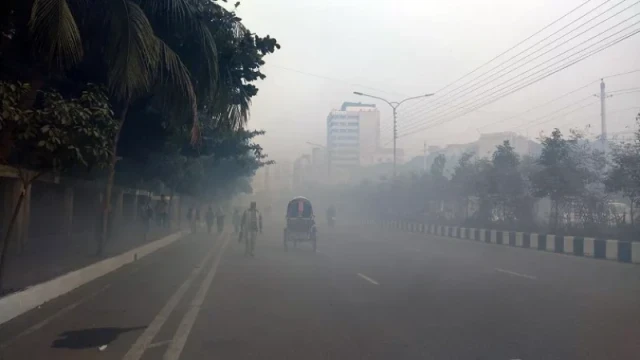

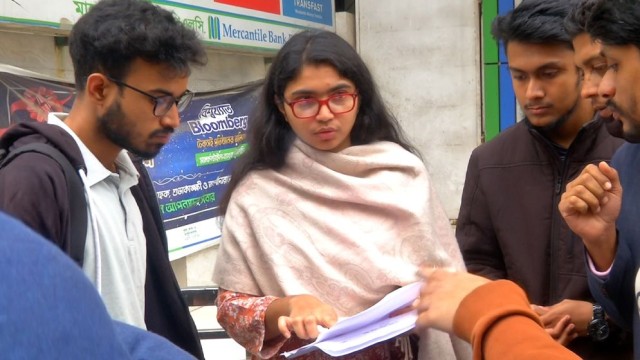

Comment: